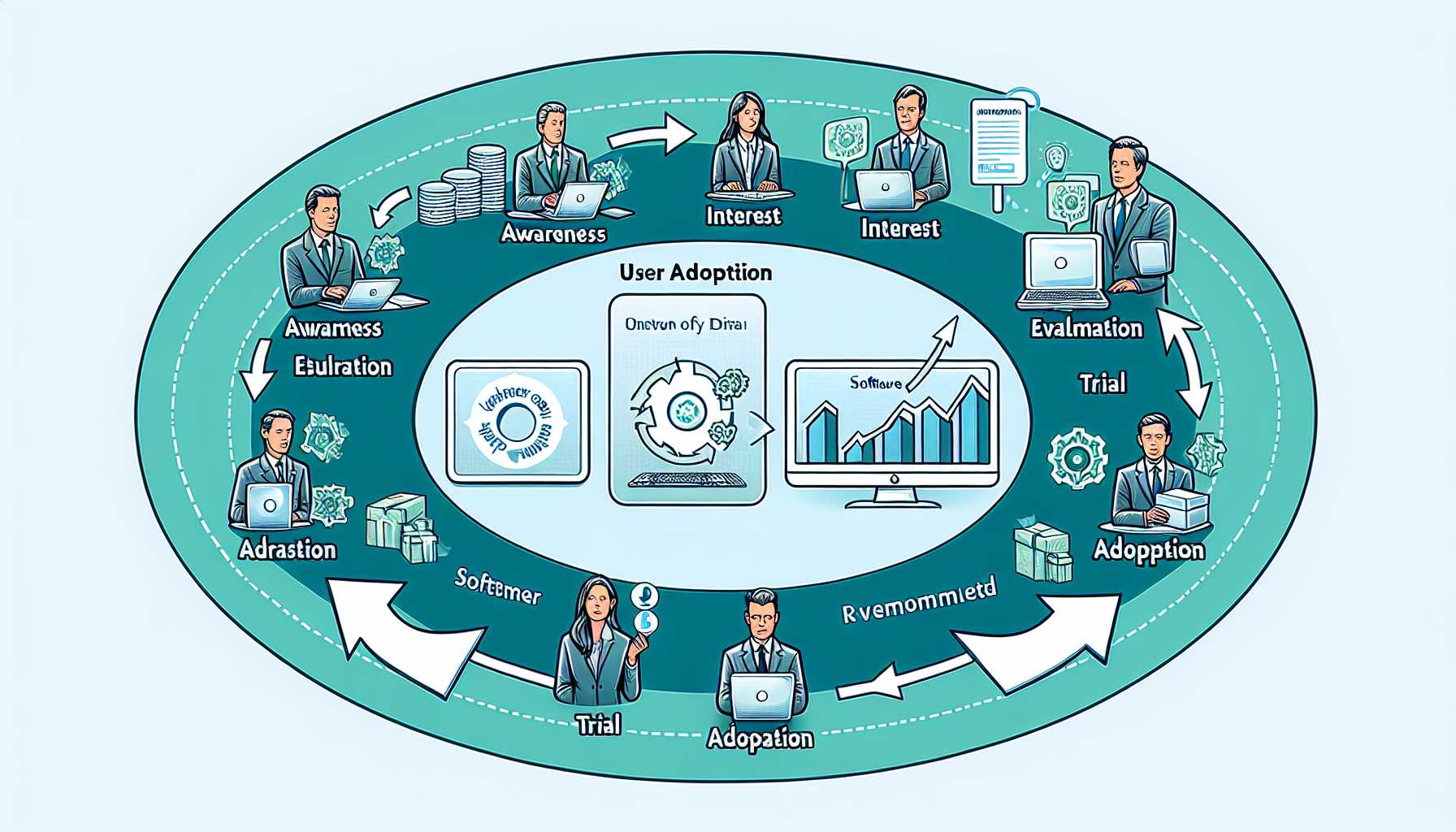Welcome, seasoned product managers, to an in-depth exploration of user adoption strategies for new software products. Drawing from years of experience and countless product launches, I aim to share insights that go beyond the traditional playbook and address some of the most pressing challenges we face in the tech industry.
Understanding the Adoption Lifecycle
Before diving into strategies, it’s crucial to understand that user adoption isn’t a single event but a process. By leveraging models like the Technology Acceptance Model (TAM) and the Diffusion of Innovations Theory, we learn that users progress through multiple stages—from awareness to interest, trial, evaluation, and ultimately adoption.
Redefining Onboarding
One of the first touchpoints in the user journey is onboarding—a critical phase that can make or break the eventual adoption of your software. With my teams, I’ve always prioritized a personalized onboarding experience that offers more than just feature showcases but sets users up to achieve their first “win” quickly. Gamification elements and interactive tutorials, rather than static manuals or videos, foster a sense of achievement and investment in the product.
Championing the User’s Voice
Your users are your best evangelists. In my experience, creating a community around the product encourages peer-to-peer learning and provides social proof which is critical for adoption. Establishing early adopter programs where members get exclusive access to new features not only incentivizes engagement but also creates brand champions who advocate for your product in wider circles.
Data-Driven Decision Making
Without data, you’re operating blind. Metrics such as DAU (Daily Active Users), MAU (Monthly Active Users), and the stickiness ratio (DAU/MAU) have been indispensable in measuring engagement and predicting long-term adoption. Analytics tools can reveal patterns in user behavior that are critical for understanding what drives or inhibits adoption. My approach has always involved rigorous A/B testing to inform feature enhancements and UX improvements.
Overcoming Resistance to Change
Introducing a new software often means displacing an incumbent system or altering established workflows, which naturally meets resistance. In my stints, I’ve learned that a comprehensive change management plan is non-negotiable. This includes regular communication, training programs, and executive sponsorship to instill confidence in the change. Celebrating early wins and providing continuous support eases the transition and fosters a positive attitude toward adoption.
Aligning with Customer Success
Product management can sometimes feel siloed from the post-sale experience. However, alignment with customer success teams has been a game-changer in several of my engagements. Harnessing their frontline insights into customer challenges and successes has allowed us to tailor the product roadmap to directly address the friction points impacting adoption and retention.
Long-term Innovation Versus Short-term Fixes
Maintaining user adoption is a long game. In my journey, commitment to continual improvement and innovation has always been balanced with addressing immediate user feedback. Striking this balance ensures that the product evolves in a manner that not only meets the current demands but also anticipates future needs, preventing churn and encouraging sustained adoption.
Fellow product leaders, the tactics I’ve shared have been tried and tested across various products and markets. User adoption is a complex challenge, but with a strategic approach that blends empathy, data, and user empowerment, we can navigate this maze effectively. Remember, the ultimate goal is to transform new users into long-term, engaged customers.

